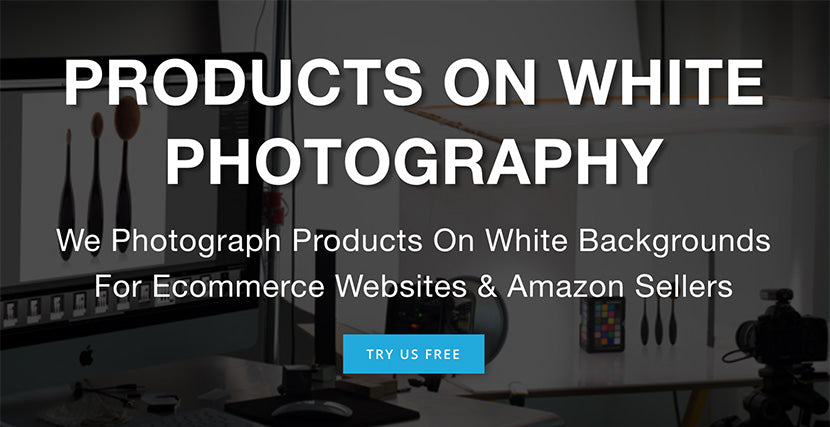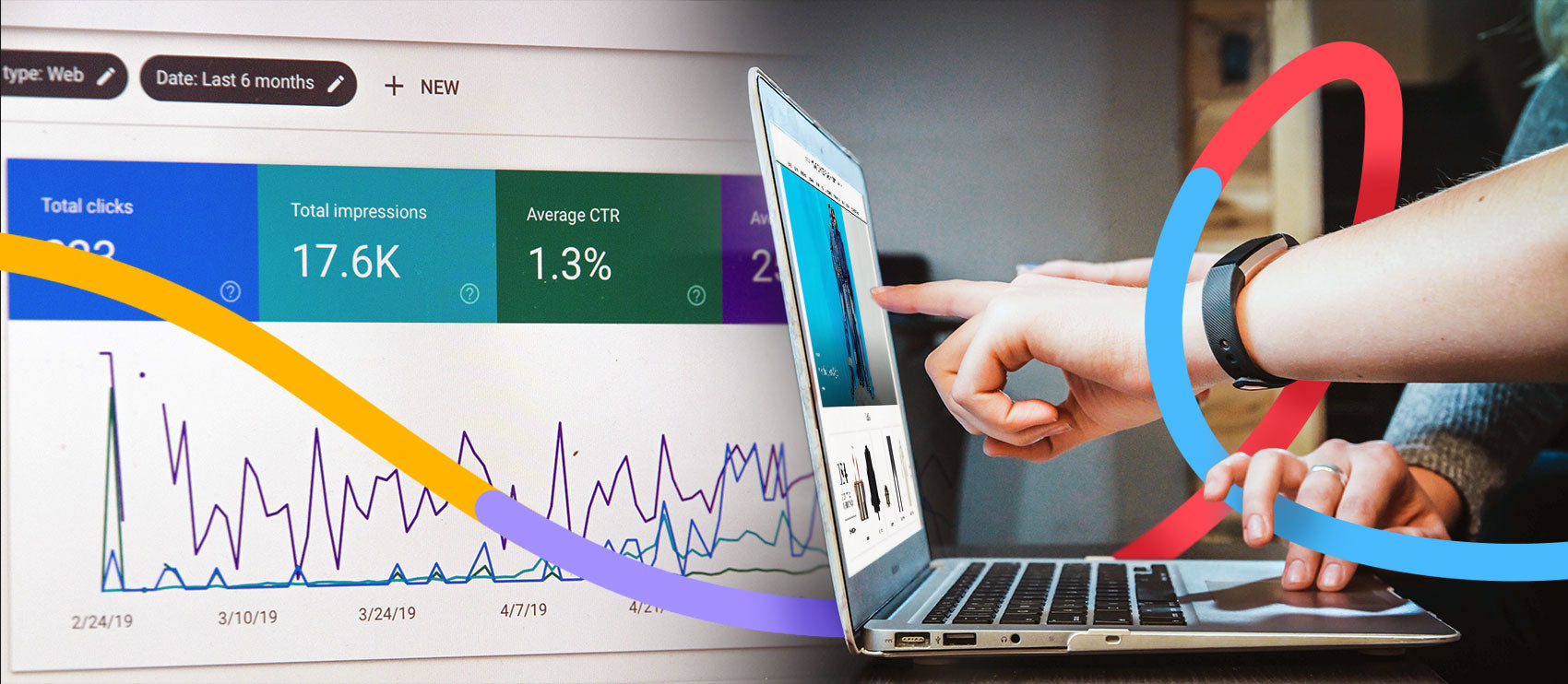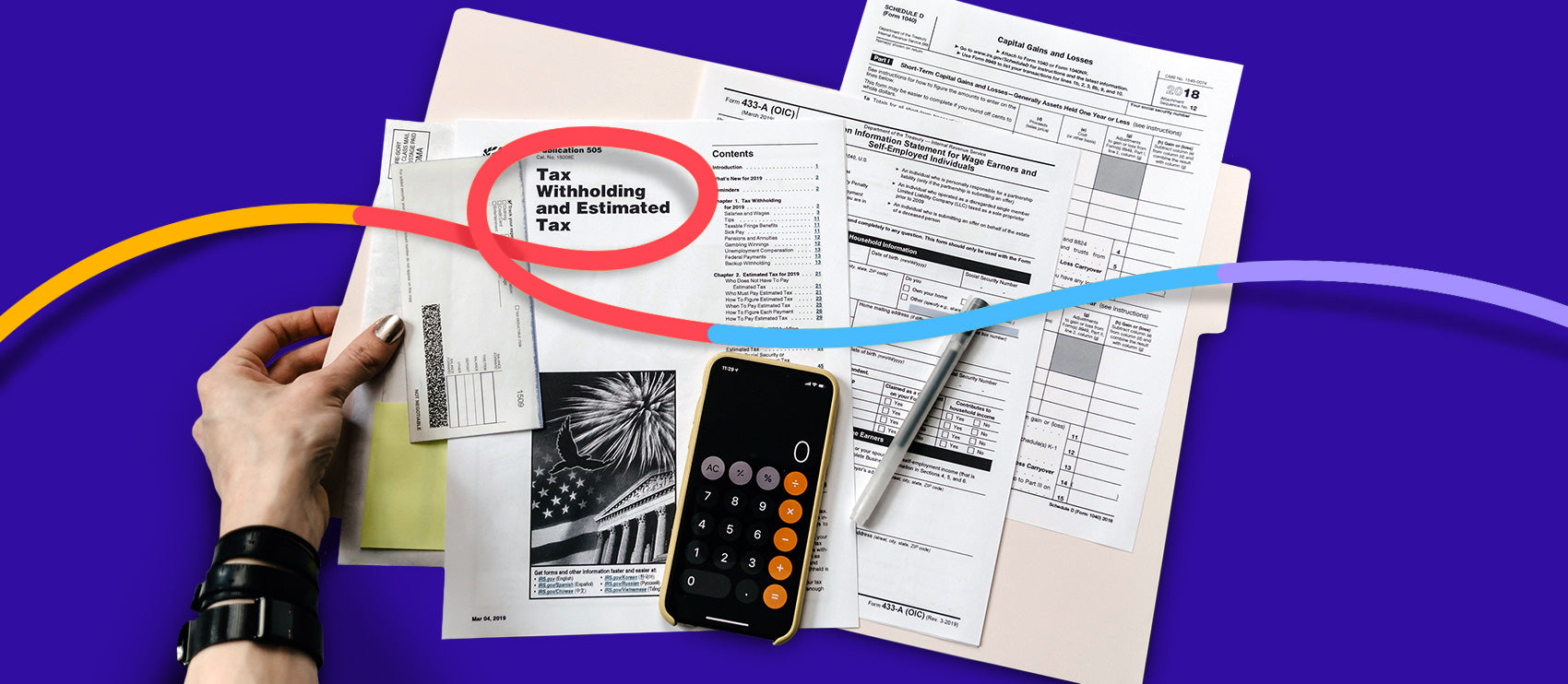Just the other day, I came across a post in a photographer’s Facebook group. A fellow photog shared some examples of her work because she was wondering if her pricing was too low.
Spoiler alert: It was. As in MUCH too low. As in, I told her she could TRIPLE her prices and still be a total steal.
She, of course, came back with the standard objection.
“I don’t know how to get clients at a higher price — I feel like it’s always too much. How do I know what a reasonable price is, anyway?”
And then, she asked the question that stumps photographers faster than you can say ISO…
“How do I know what to charge?”
I, of course, rubbed my hands together with glee. Helping photographers make more money is one of my absolute favorite things to do, so I rolled up my sleeves and got to typing. Essentially, I gave her a brief pep talk, and some solid advice on how to calculate things.
Then I thought I’d go one step further and spell out all of my thoughts on how to price your product photography for the benefit of the community at large.
Here we go.
In this article:
- Delete the words “reasonable” and “affordable”
- Niche down
- Know your market
- Figure out your cost of goods sold (COGS)
- Remember that you need to eat, too
- Determine your method
- Be original
- Develop a pricing menu
- Keep it clear
- Drop your anchor
- Show your value
- Offer upgrades
- Know your worth
- Stay up-to-date
- Moving forward with your photography website and packages
Delete the words “reasonable” and “affordable”
Before you begin, you need to know that what’s in your client’s wallet is NOT your business. I understand — you’re a nice person so you don’t want to rip anyone off, but guess what? One man’s ripoff is another man’s total steal. Look, people buy used Kias and other people buy brand new Lexuses. Should auto manufacturers feel bad about that? Absolutely not. And neither should you.
Conversely, what’s affordable to a big client like Coca-Cola is outrageous to a single mom who produces T-shirts in her basement. It’s not your job to worry about their lifestyle, it’s your job to produce great photos that will help them sell more product. Period.
Knowing all of that, you must also know that in the online world, “affordable” has become a synonym for “cheap”. And while you may want to be “affordable”, you certainly don’t want to brand yourself as cheap.
So forget calling yourself “the affordable product photographer” or saying you have “reasonably priced” packages. The fact of the matter is you have no idea what your client considers reasonable.
Moving right along…
Niche down
When you’ve got a problem, would you rather go to a generalist who knows a little bit about a lot of different things, or specialist who knows exactly how to solve your problem? You’d want a specialist, right? It’s that “jack of all trades, master of none” idea. If you do too much, you can’t be a specialist at anything.
Your clients feel the same way. When your personal brand is the go-to photographer in your niche market, you can charge accordingly. This won’t happen if you “specialize” in everything under the sun, though. Niche down to product photography only, or at the very least keep it on a separate website if you insist on also offering maternity photos, children's portraiture, automotive photos, engagement sessions, and so on and so forth.
Products On White Photography niched down to where they specialize in white background photography. If you need shots for your Amazon listings, are you likely to go to them or to a photographer who does events, portraits, and products?

Know your market
Understand what your clients need. Package that (and nothing more).
For product photography, that might look like a selection of white-background photos for Amazon, a series of lifestyle images, or even a selection of specialty photos for products like jewelry.
When you understand what your ideal client needs, your packages will fall into place. You can decide what you’re going to offer and make packages of only those items.
Why would you want to break it out that way? Well, it’s very unlikely that the same client will want ten photos of a watch for Amazon, a shot of a model wearing the watch while riding a bicycle, and an evocatively lit image of that watch for a magazine. So keep it simple — the client can get 10 white-background Amazon images for $X, 20 for $Y, and 50 for $Z. This is the kind of package they can appreciate and understand.
And if they do want multiple types of photos, they can select multiple packages. ($$!)
Figure out your cost of goods sold
The rock bottom number you need to know is your cost of goods sold (COGS). If you sell a photo for less than your COGS, you’re literally losing money.
What is COGS? COGS is essentially how much it costs you to create and deliver your product (the photo). This includes every associated cost.
Everything from memory cards to editing software subscriptions to hosting fees for your online gallery is included in your COGS. Back in the day when photographers sold prints, a rule of thumb of where to start was COGS times three plus a fee for your time — that was the smallest amount you should charge, and you’d go up from there.
Now that most photography is digital, this might be a little harder to figure out, but that formula will still give you a starting point. Yes, I just mentioned a fee for your time, and yes, that’s in addition to all the other costs. Whether you charge a session fee and an additional price for editing or one flat per-project rate, you need to make sure you’re being compensated for the time spent too. Remember, your time is valuable, and your talent is, too. Also, the client will use your photo to make money — the image is now a tool, and this gives it inherent value. Charge appropriately. As I just mentioned, there are a few ways you can price your services. One is by the hour. Another is the number of files you provide total. And a third is by the finished photo. Still another is a flat project fee. Whichever you choose, remember to make it simple and explain it clearly on your site and in all communications with potential clients. They won’t pay if they can’t understand. When you’re developing your pricing, it might be tempting to use someone else’s pricing structure. Just like in school, it’s not okay to copy off your neighbor’s paper. You shouldn’t do this for three main reasons: One size does not fit all. Once you know your market and what they desire most, create a few different packages for clients to choose from.
This doesn’t have to be a comprehensive seven page price menu. You could start with three basic packages and a list of a la carte items (such as additional edits). In fact, your clients will probably have a more streamlined experience if you present them with a simple menu. This brings me to my next point... When it comes to your price packages, this is one time you must resist the urge to be creative. Hey, I get it. Photographers are a creative bunch, and we want people to know how artistic we are, so sometimes it’s really tempting to get fancy with the branding — right down to the page layout and package names. Resist this temptation. Here’s why: If you’re looking at three options, it’s very clear what Good, Better, and Best mean. It’s less clear what packages named Cool, Awesome, and Scrumdiddlyumptious would entail. These weird package names cause confusion, and that’s one more reason for your client to say NO. Don’t give them a reason to say no. Speak plainly. Here’s a pricing psychology tip for you: When you’re designing the pricing page of your website, put the most expensive package first. Most of the time, people will gravitate towards whatever the middle package is, but if they’ve seen the cheapest package first, it might be hard to talk themselves into paying more for the upgrade. Look at the example below from Fuze Branding. They even highlight their mid-tier package as the “most popular” instead of trying to promote their priciest option. We humans tend to connect with whatever number we see first, so make it the highest number. That way, anything else they see on the page feels like a bargain. Rather than just stating a number, or even saying the quantity of photos and a number, build value by letting them know what’s included for the price. Remember, you’re not just selling files here. You’re selling a valuable tool they can use online to sell more products. Some questions you might want to answer: All of these things carry an extra value, so make sure the client knows everything that they’re receiving when they select you. If the client needs the images in a hurry, it’s time to add a rush fee. Extra editing beyond your standard? That’s additional, too. Any time the client requests something out of your normal workflow, it’s ok to add an extra charge as long as you communicate that charge clearly. If you want a stress-free experience, show these a la carte charges on your pricing page and mention them when discussing the job too. Sometimes photographers feel afraid to mention these add-on items — they’re worried that clients will view them as “money grubbing”.
Think of it this way: The last time you went out for dinner, the waiter probably offered you beverages, appetizers, and dessert. You know all of these things bear an extra charge, but did you judge the restaurant for being money hungry? Absolutely not. Your photography menu is the same way, so don’t worry about it. When you come up with a price based on all of these calculations, it may make you a little nervous. Recently, I went to hire a photographer for some new headshots. I contacted a local pro whose work I’d seen and respected. Over the phone, he told me his price. Then, before I could even say yes or no, he began offering me discounts. I politely listened and then asked him to charge me full price — no discounts needed — because his work was worth it. Side note: It’s pretty uncommon that a client will do that. Don’t let it get to that point — just state your price and be quiet. If the client wants to say yes, they’ll say yes. If they want to negotiate, let them be the one to suggest it, otherwise you’re just handing them money for no reason.
Your work is valuable and will help your clients make more money. Because of that, your clients want to pay you. Period. Don’t let your fear get in the way of that. Back in the day, all photographers gave out DVD-ROMs of images. (And when I say back in the day, I’m not talking about the golden age of film. I mean less than ten years ago.) After that, the industry standard was thumb drives. We photographers would shop around to find the coolest, most professional-looking thumb drives possible — right down to the fancy packaging. Nowadays, I don’t even have a port for a thumb drive on my laptop. And a DVD-ROM? Forget about it. If you really want to charge what your work is worth, you need to stay up-to-date with your gear, your software, and your delivery. Why’s that? Well, it’s because you’re a professional photographer and your clients should treat you as such. Act accordingly and you can charge accordingly. With all of these tips, you should be able to confidently calculate and communicate your product photography rates. Now that you’re getting your pricing set up, you might be wondering what other essentials you need in order to grow a thriving product photography business.
Minimum photography rate = (COGS * 3) + fee for your time
Remember that you need to eat, too
Determine your method
Be original
Develop a pricing menu
Keep it clear
Drop your anchor

Show your value
Offer upgrades
Know your worth
Stay up-to-date
Moving forward with your photography website and packages




